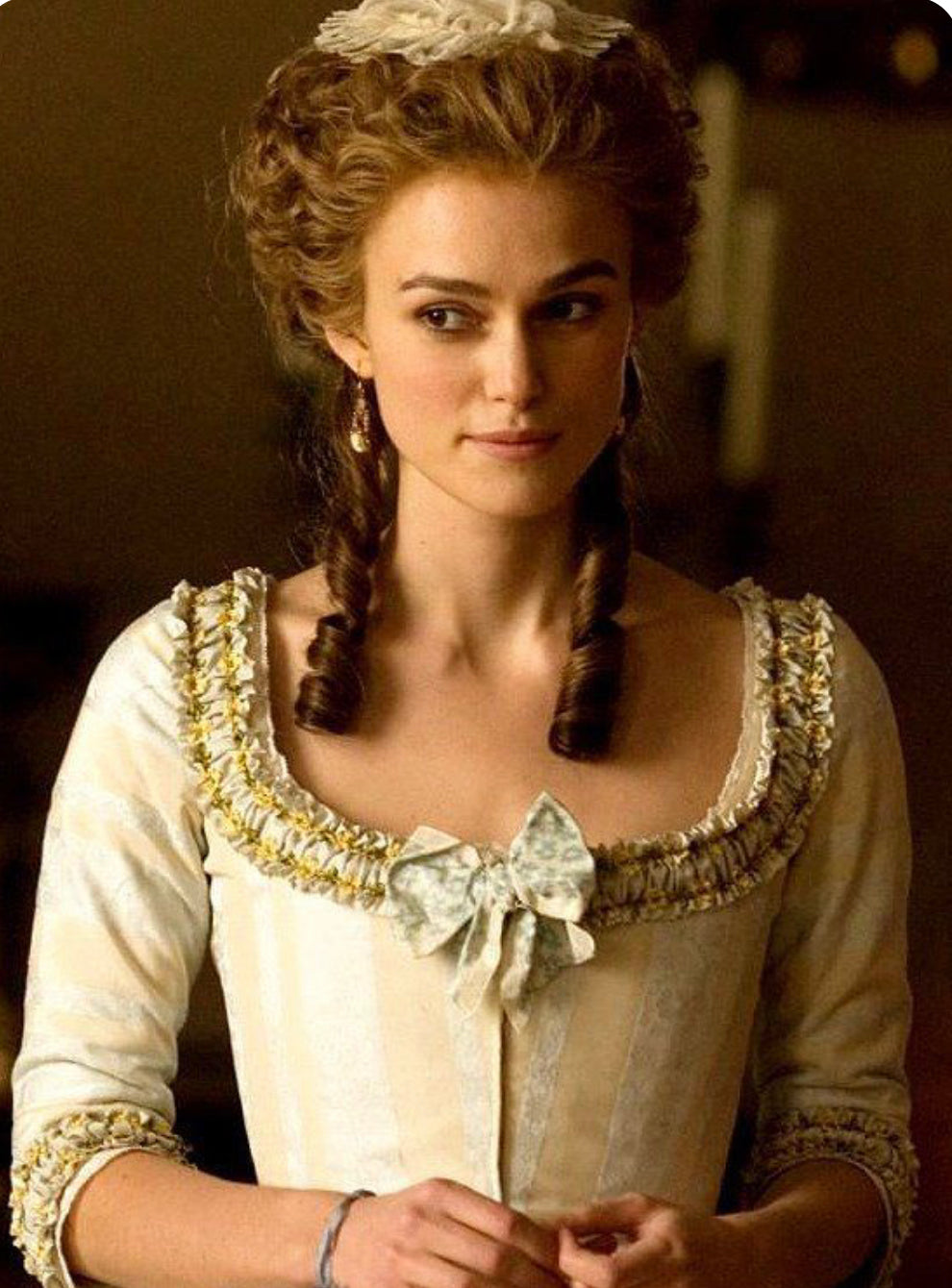
Georgian Ladies Wigs

During the Georgian era, wigs were a prominent fashion accessory for both men and women. Wigs were worn by women to achieve various elaborate hairstyles, as well as to signify their social status and wealth. Let's take a closer look at Georgian ladies' wigs and their significance during this period.
-
Wigs as a Fashion Statement: In the 18th century, wigs became a popular fashion trend among the upper and middle classes. Women would wear wigs not only to enhance their appearance but also to keep up with the changing hairstyles of the time. Wigs allowed them to achieve intricate hairstyles that were often difficult to create with their natural hair.
-
Elaborate Hairstyles: Georgian women wore their wigs in a variety of styles, ranging from formal and elegant to more extravagant and towering creations. The hairstyles were often adorned with ribbons, feathers, flowers, and other decorative elements, making them truly works of art.
-
Wig Materials: Wigs in the Georgian era were typically made from human hair, horsehair, or a combination of both. The wigs were meticulously crafted by skilled wigmakers, and the quality and type of hair used depended on the wearer's social status and budget.
-
Powdered Wigs: The latter half of the Georgian era, known as the "Age of Powder," saw the widespread use of powder on wigs. The wigs were powdered with starch or flour to achieve a fashionable white or off-white color. The powder also helped to maintain and style the wigs more easily.
-
Wig Styles: What types of wigs did the Georgians wear? Some of the popular wig styles during the Georgian era included the "Fontange," characterized by its towering and cascading arrangement of curls and ribbons, and the "Apollo Knot," a more restrained and classical style with curls piled high on top of the head.
-
Social Status and Wigs: Why did Georgians wear wigs? Well put simply, it was all about status. The size, complexity, and quality of the wig often indicated the wearer's social status and wealth. Wealthy women would wear more elaborate and larger wigs, while middle-class women might opt for simpler styles. The use of wigs was less common among working-class women due to the cost and maintenance involved.
-
Transition to Natural Hair: Towards the end of the Georgian era, wigs started to fall out of fashion. The influence of the French Revolution and the changing political climate brought about a shift towards more natural and simpler hairstyles. As a result, wigs gradually became less popular among women.
In conclusion, wigs were an essential fashion accessory for Georgian ladies, allowing them to achieve intricate and elaborate hairstyles that were the hallmark of the era. These wigs were often made from human or horsehair and were powdered to achieve the desired color and style. Wigs served as a status symbol and a way to display one's wealth and fashion sensibilities. As fashion trends changed, the use of wigs among women gradually declined, but their significance in the fashion history of the Georgian era remains undeniable.
